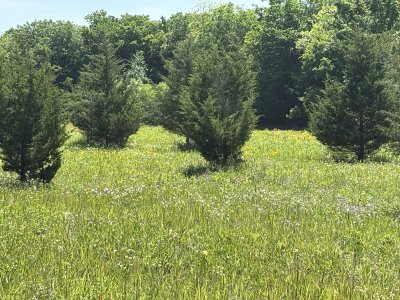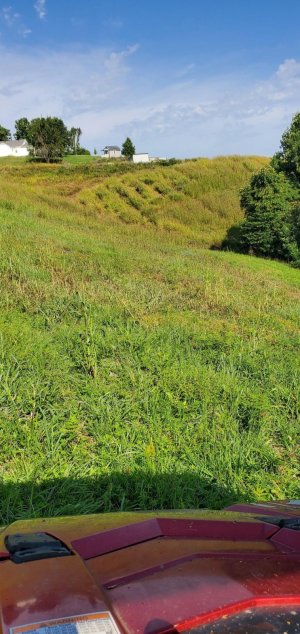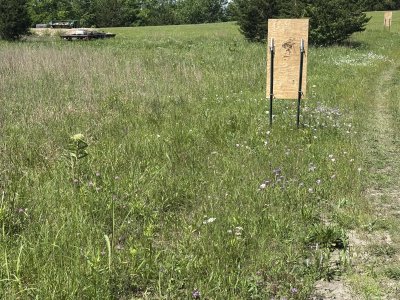
I have a pretty good crop of johnson grass coming in. I need to spray as soon as i can get in there with a tractor. There is some nwsg - but I am still leaning towards cleth since I know it wont kill nearly all the nwsg, is pretty good on johnson grass, and wont harm the broadleafs. Is there a better reason to use Plateau - or something else?


